At the end of 2022, we had to renew our passports. From the quiet south of Sweden, we set our eyes on Stockholm, where the embassy waited. It would be a long, slow journey by train — six hours of rails stretching through frost and distance.
But winter has its own way of whispering temptations, and we listened. If we were already traveling north, why not keep going? Why not continue past cities and forests, past the comfort of the familiar, to a place where the earth tilts toward the sky — Abisko, far beyond the Arctic Circle, seventeen hours by train from Stockholm.
After the embassy appointment, we boarded the night train on the 29th of November, just after six in the evening. We had booked a sleeper cabin: warm, tidy, with a shower, thick blankets, and the comforting sense that the night would belong entirely to us. Our luggage was heavy with winter clothing; the forecasts spoke of -15°C.
We slept early, and so we woke early.
In the darkness, I pulled up the blind from the window. The world outside was not the one we had left. The train slid silently through a kingdom of white — frozen lakes, glassy rivers, mountains dressed in snow, and forests stripped bare except for the stubborn pines. Coming from a warm South Asian country, we had never seen such a thing: a landscape so still and pale it could have been another planet. We remained by the window, unwilling to close our eyes again, watching the ghostly scenery until the train whispered into Abisko around noon.
It was the 30th of November.
Abisko is a small village in the shadow of Sweden’s mining town, Kiruna, and the mountains that cradle it. Only one grocery store stands here, its windows glowing faintly in the Polar Night — for in winter, the sun never rises above the horizon.
Abisko is more than a village. It is a place of study, where scientists from around the world gather to measure the breath of the Arctic. Since 1913, the Abisko Scientific Research Station has recorded the winds, the snow, the slow thawing of permafrost. It is also a place where the sky holds a secret: a microclimate, the blue hole, which grants clearer skies than most of the Arctic. And in those skies, when the clouds part, the Northern Lights appear.
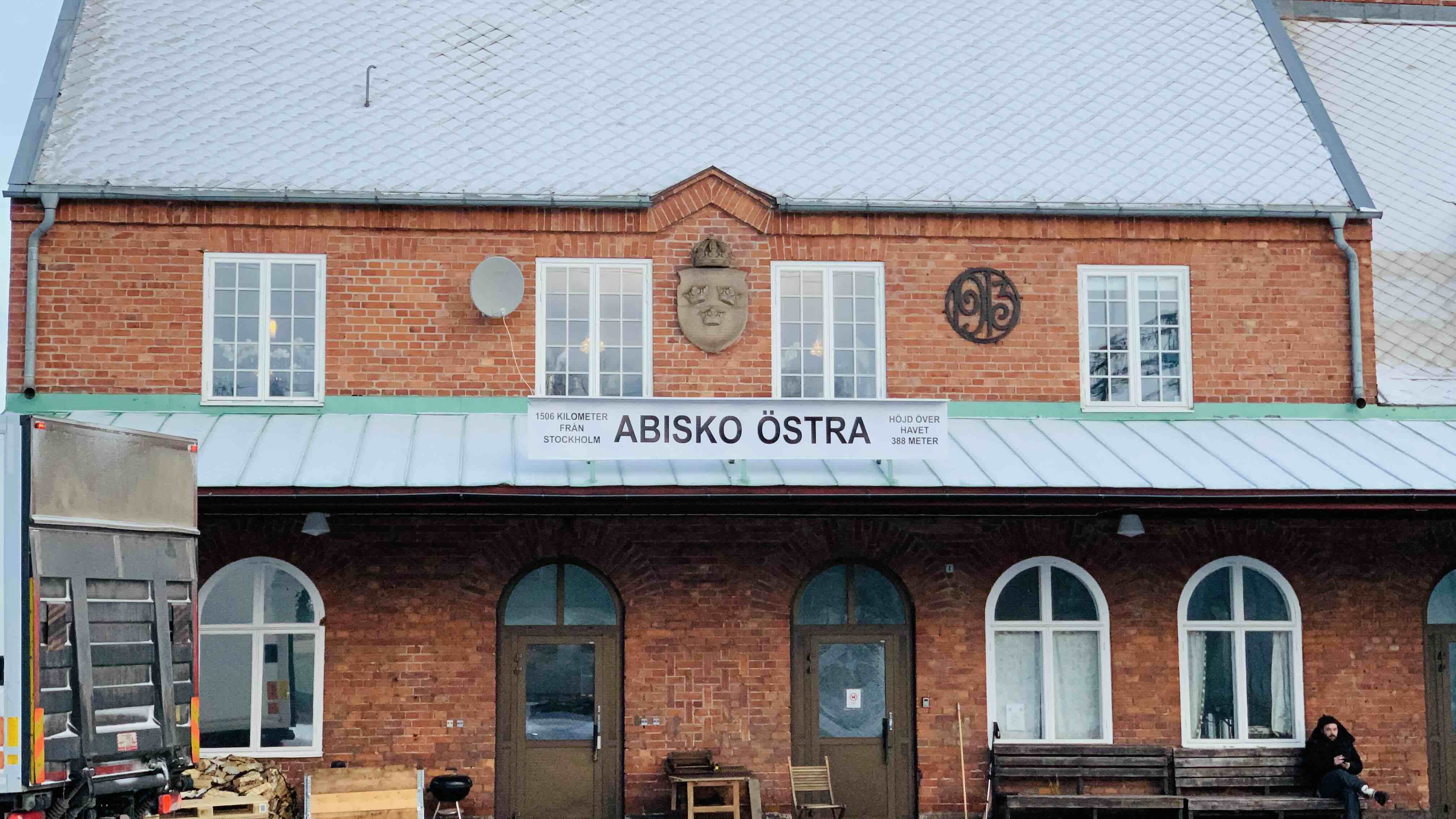
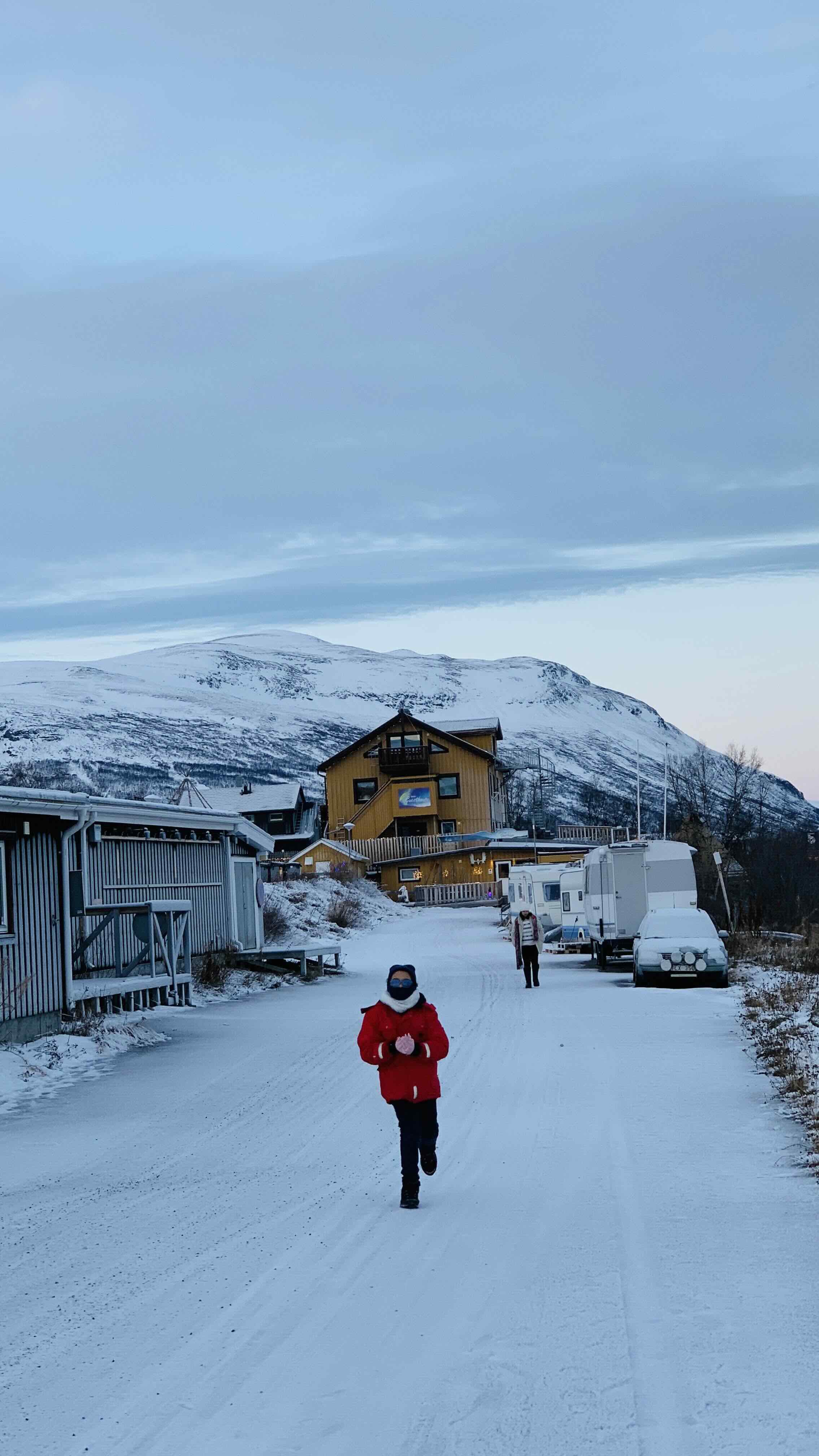
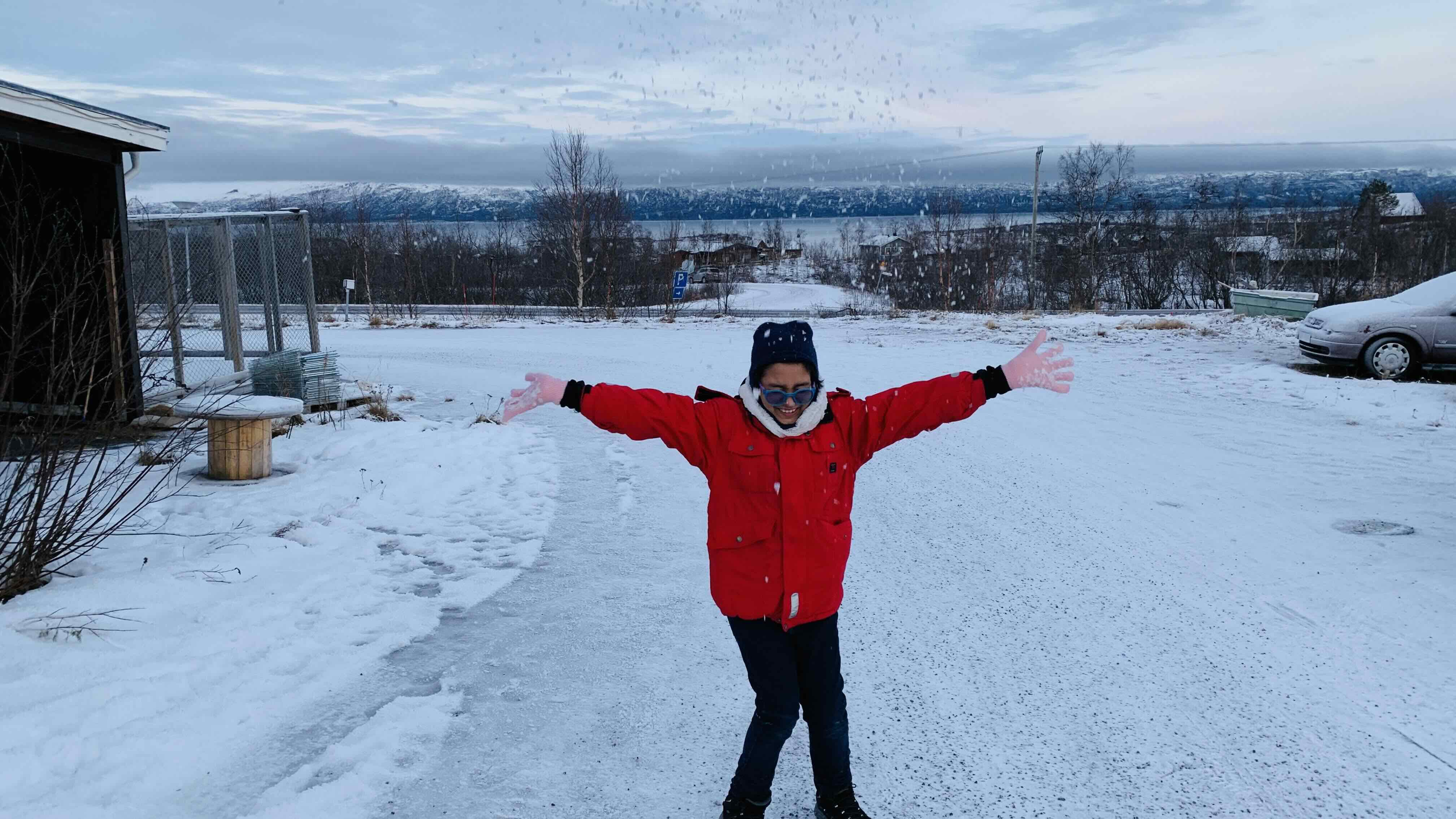
Our hotel was a fifteen-minute walk from the station, along an icy road that shimmered under the dim light. We settled in, cooked simple meals from our grocery bags, played with our daughter in the snow, and wandered to the frozen lake to feel the silence.
On December 1st, we set out on the Nissunjåkka Suspension Bridge trail — 8.4 kilometers through birch forests and along the Abiskojokk River, the air so sharp it seemed to cut sound itself. There were moments when we were the only living souls in sight. Three and a half hours later, we returned to the hotel under a sky that refused to turn day. That night, we walked again toward the lake, hoping the heavens might open — but the clouds remained, and the sky kept its secret.
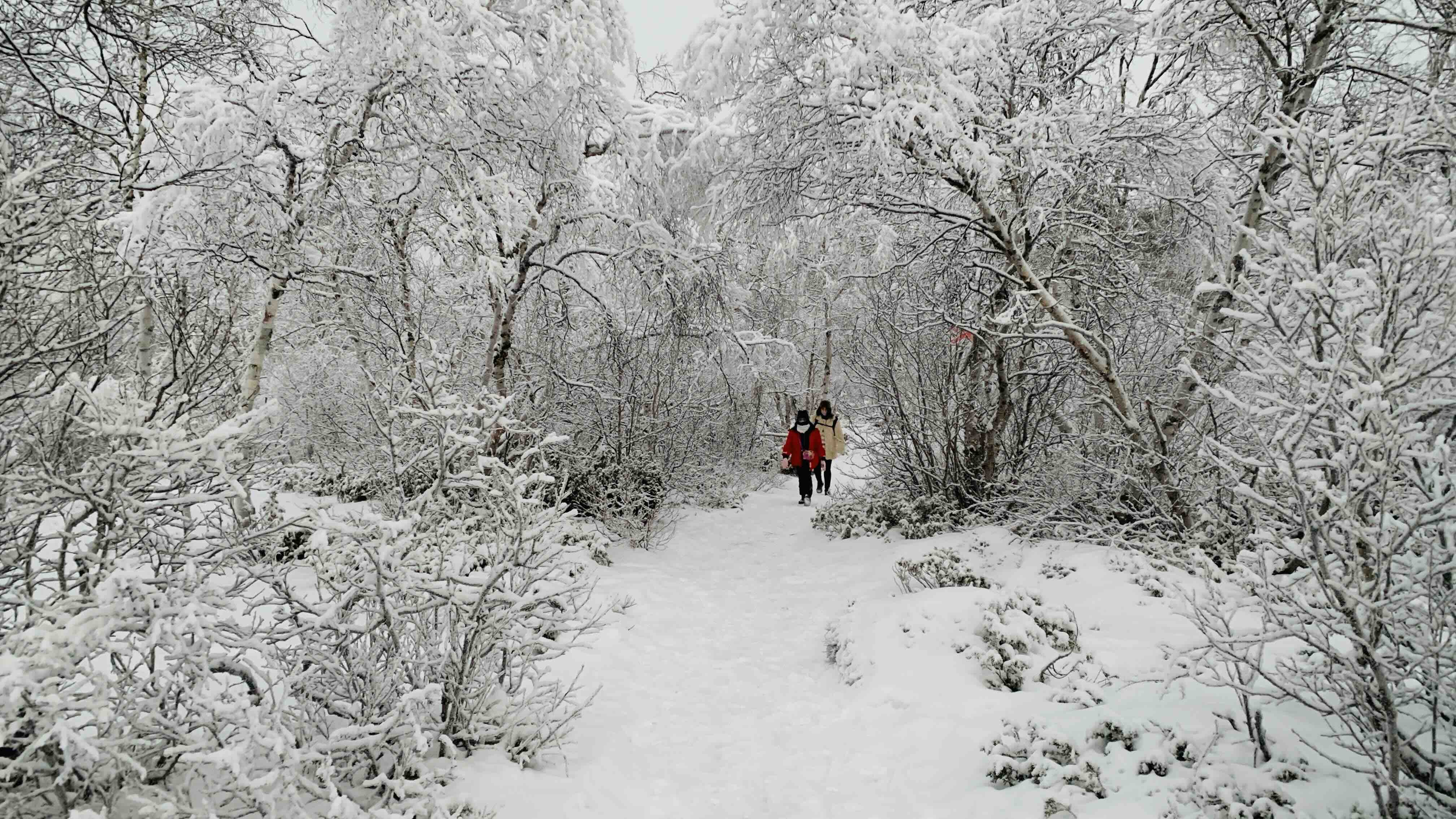
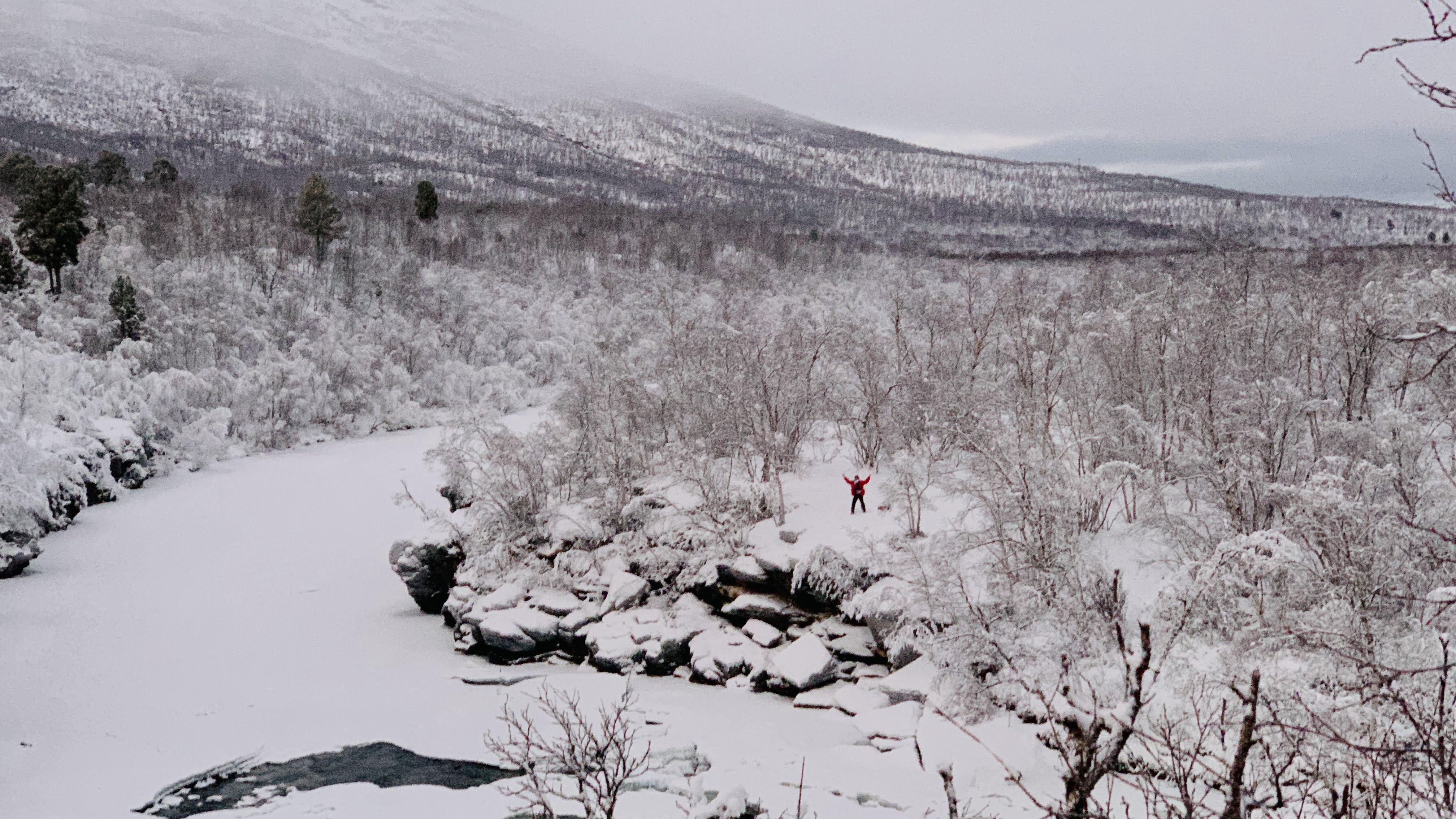
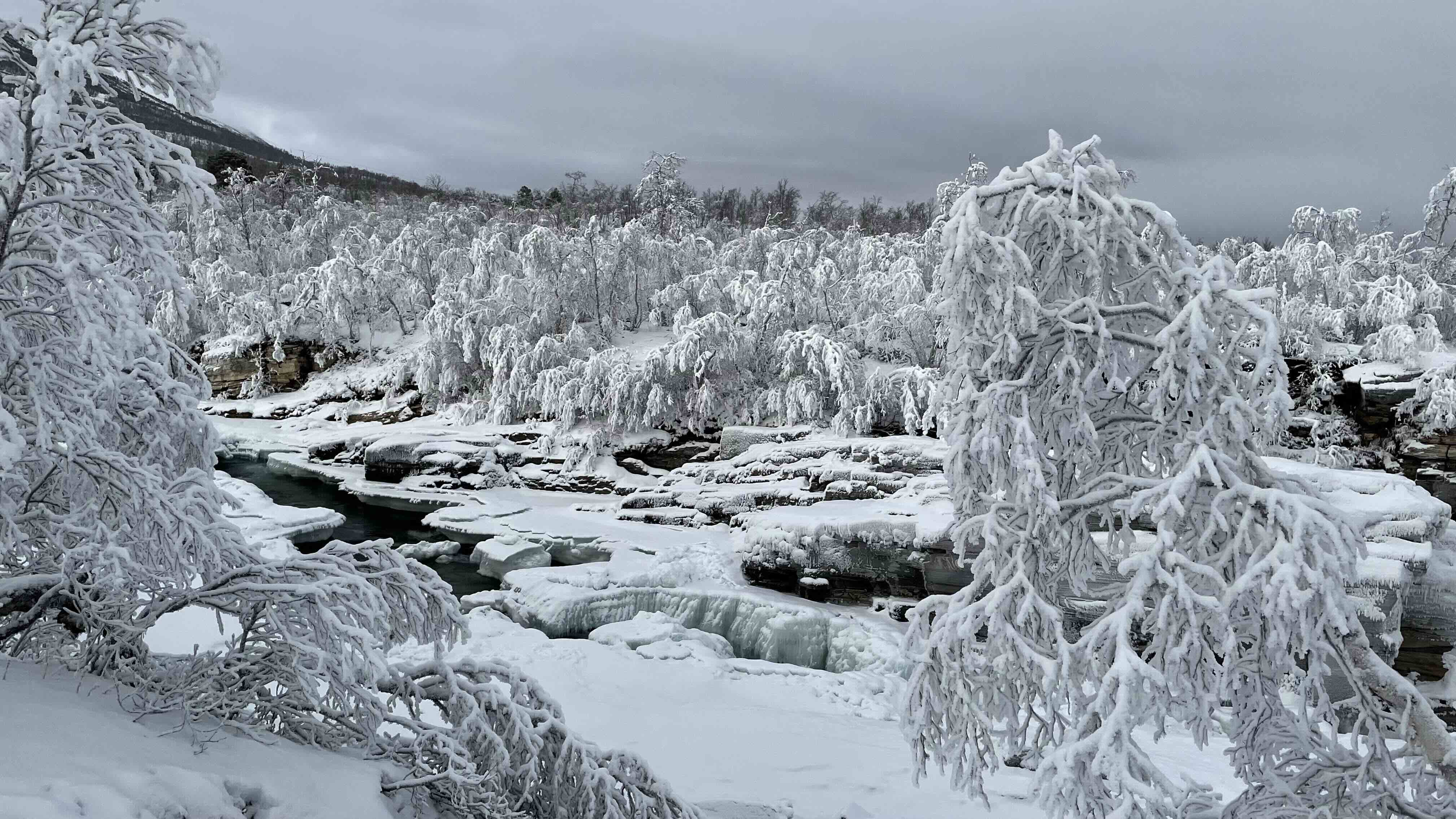

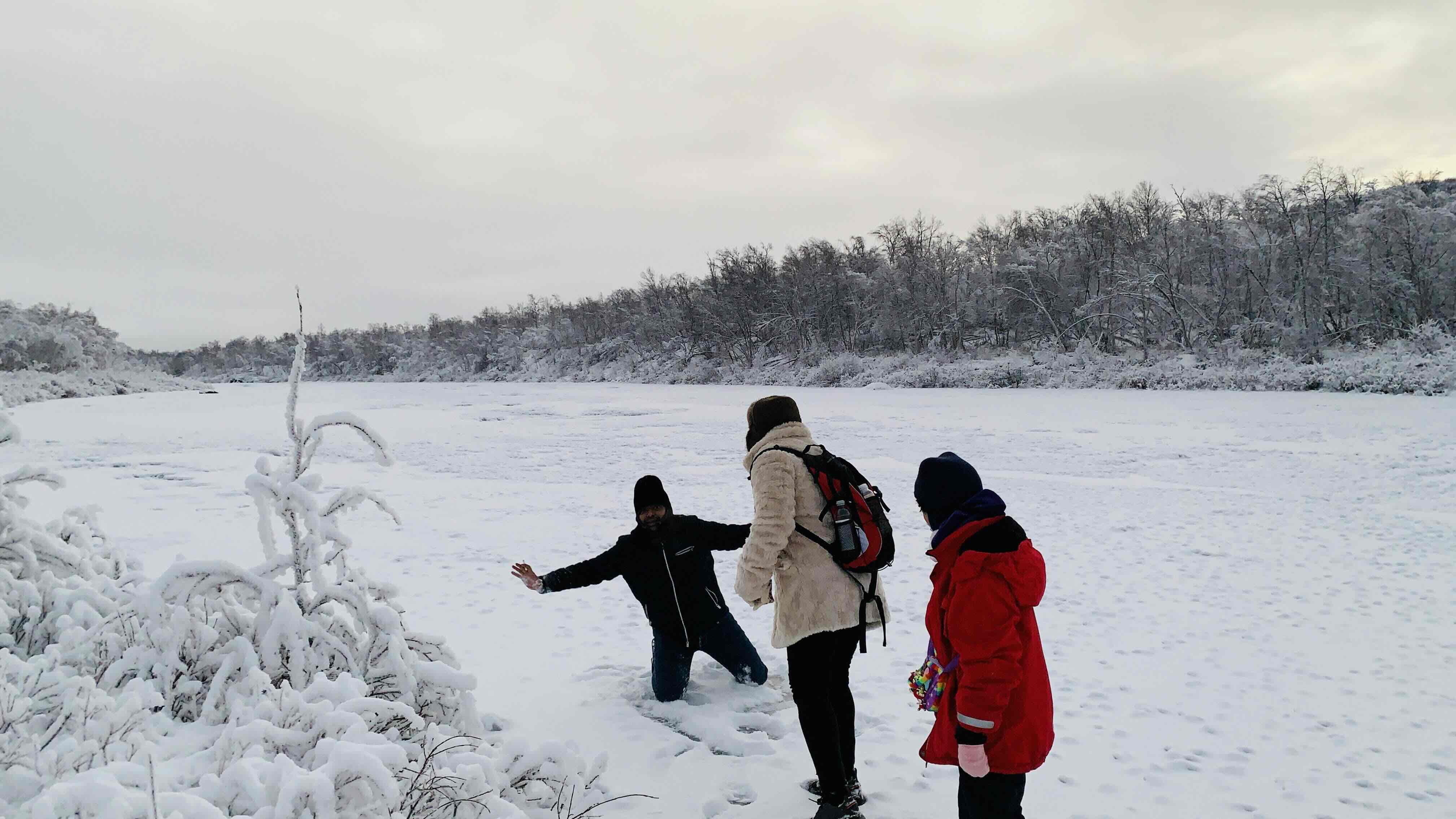
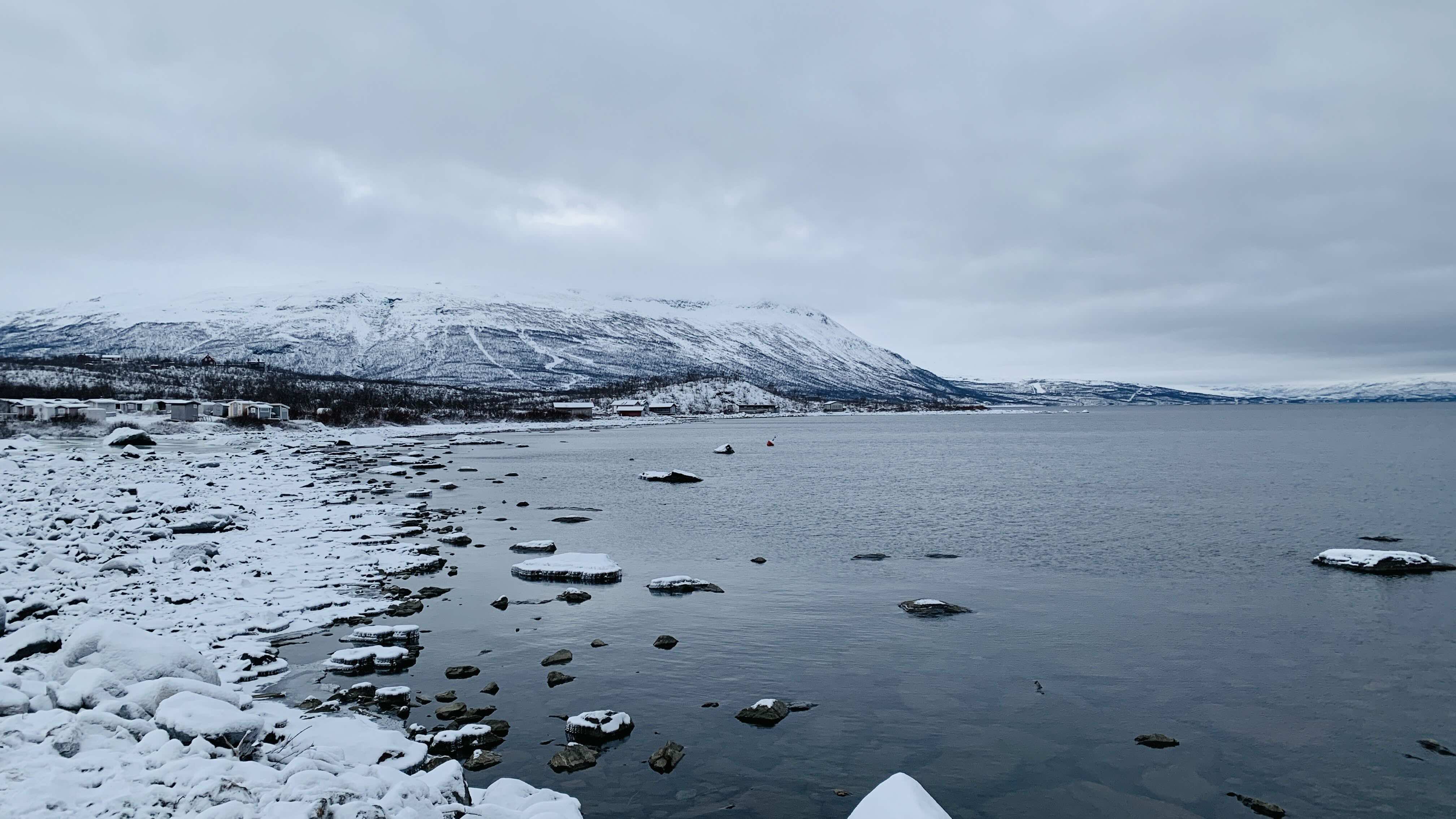
The next day, we traced another path: the Östra Loop Trail, 11.3 kilometers of snow, river, and canyon. Words cannot hold the beauty of Abisko in winter; it is not something seen but something breathed. Still, the sky stayed veiled, and we began to think ourselves unlucky.
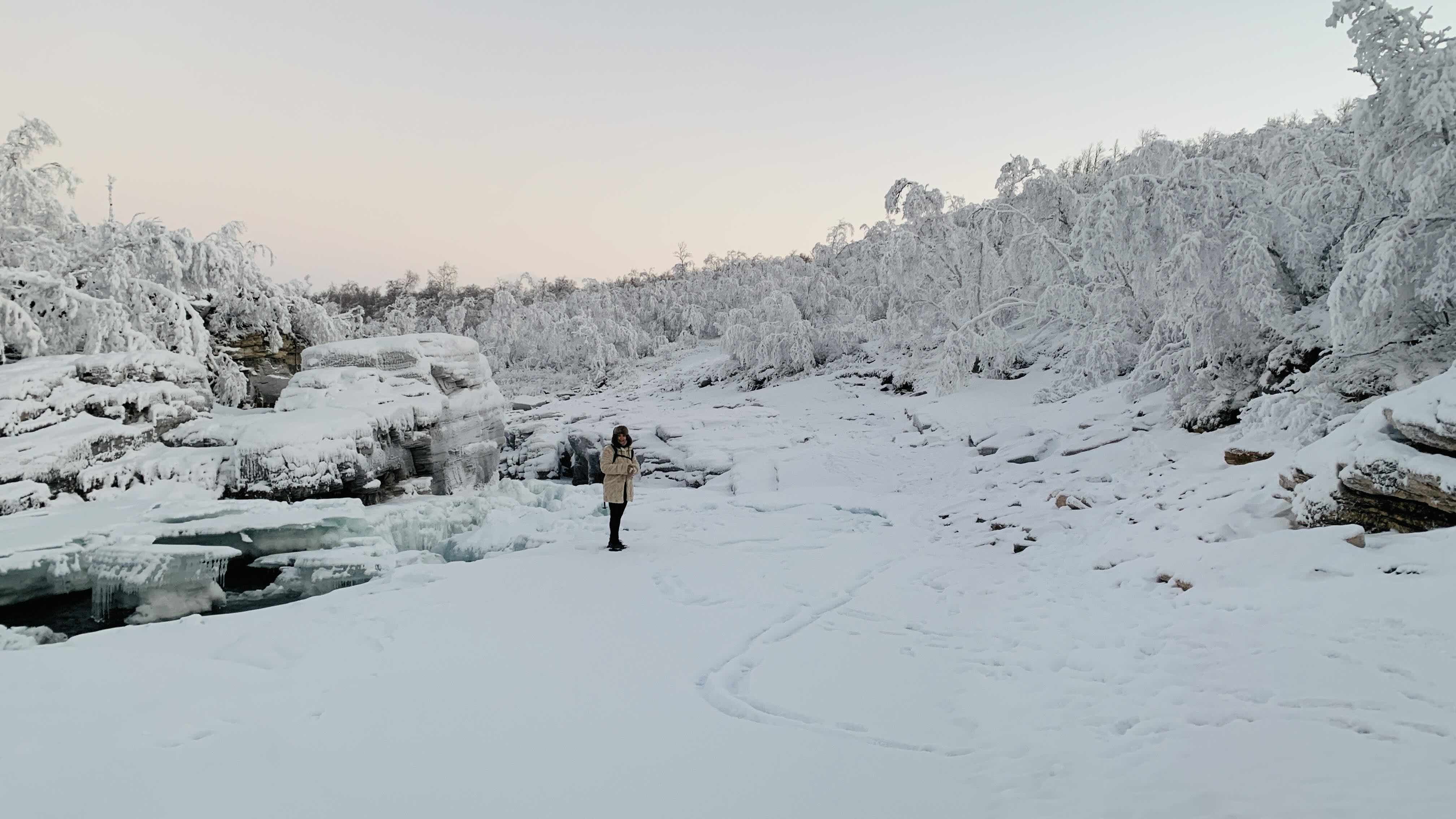
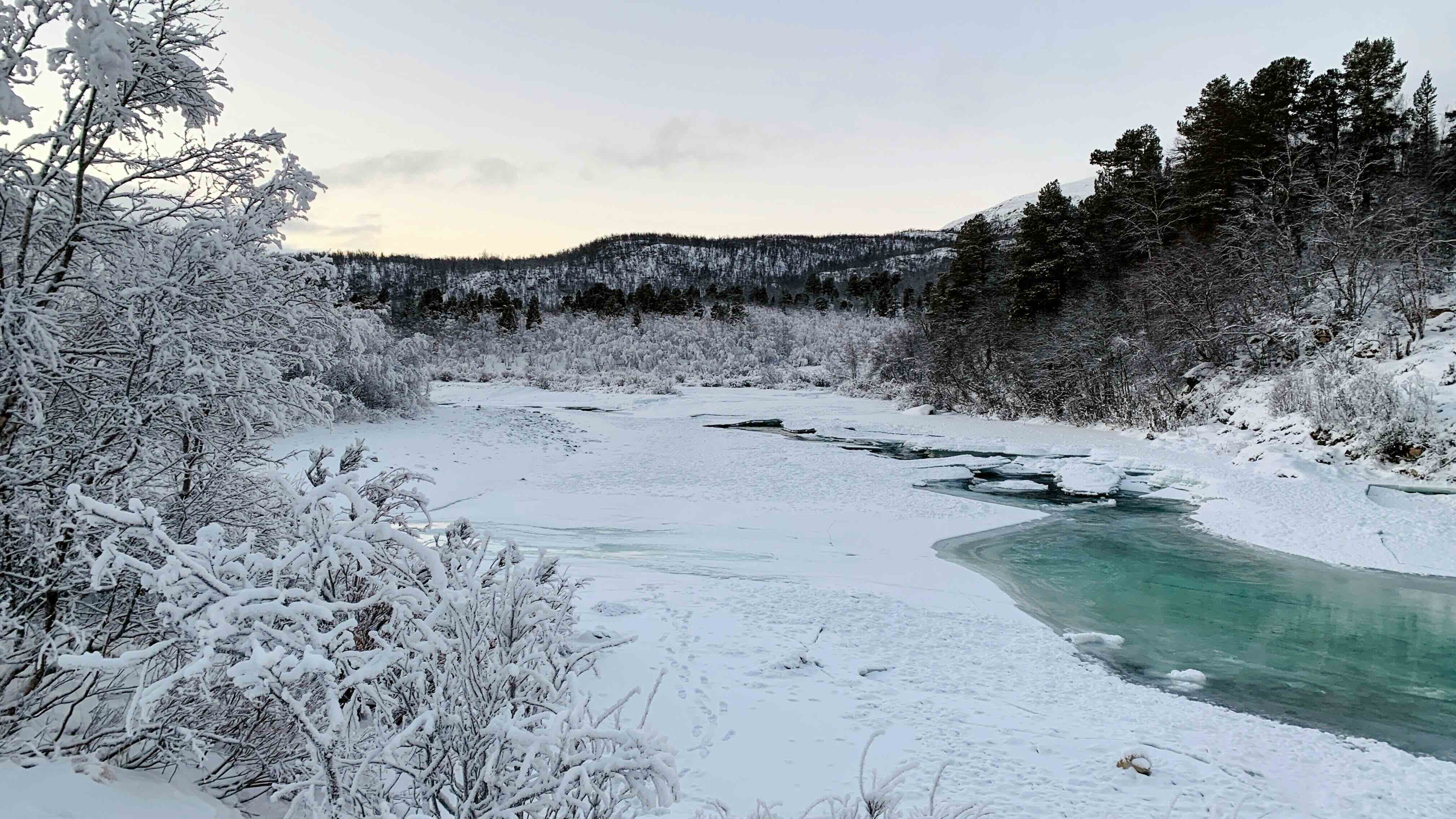
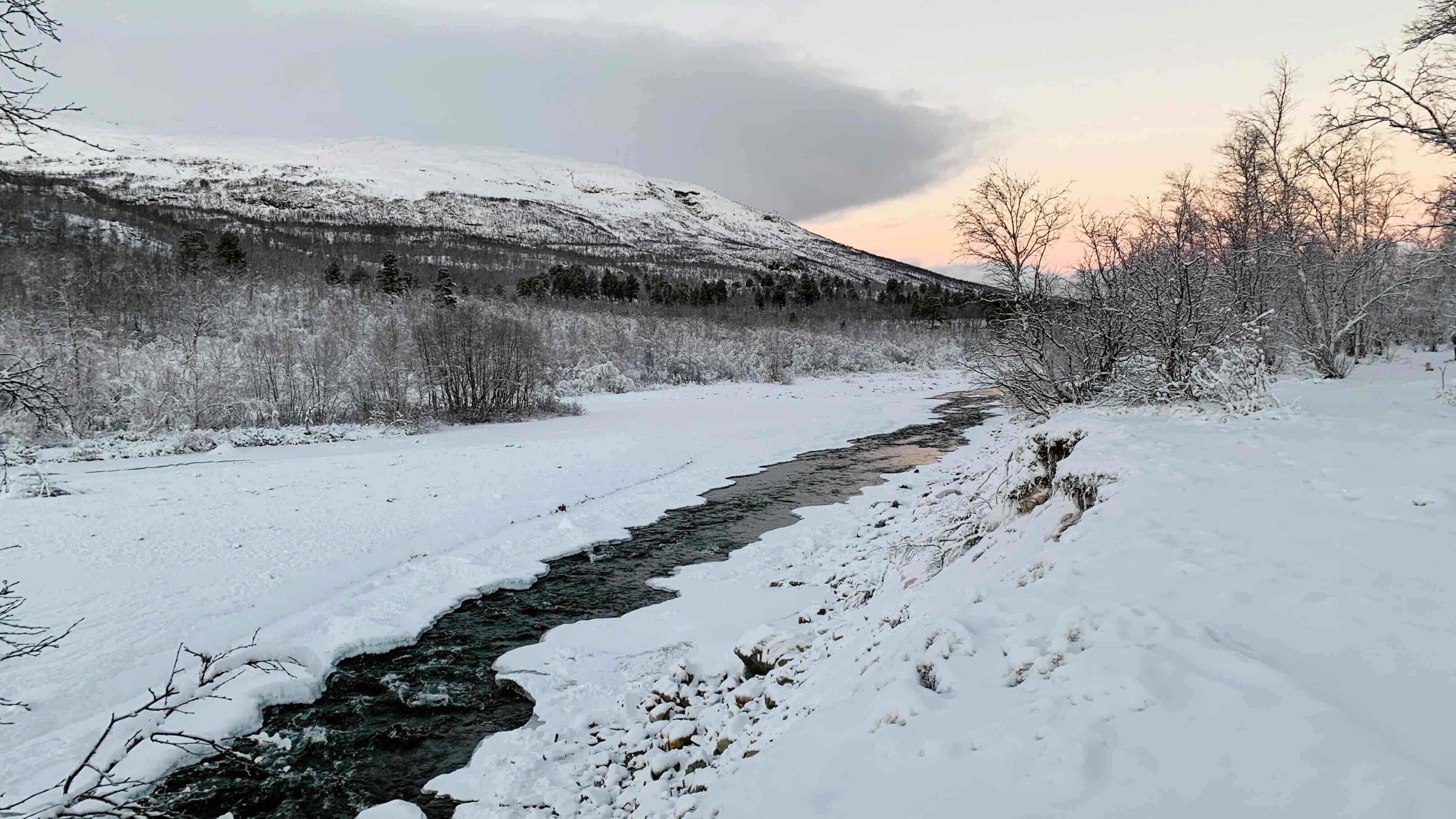
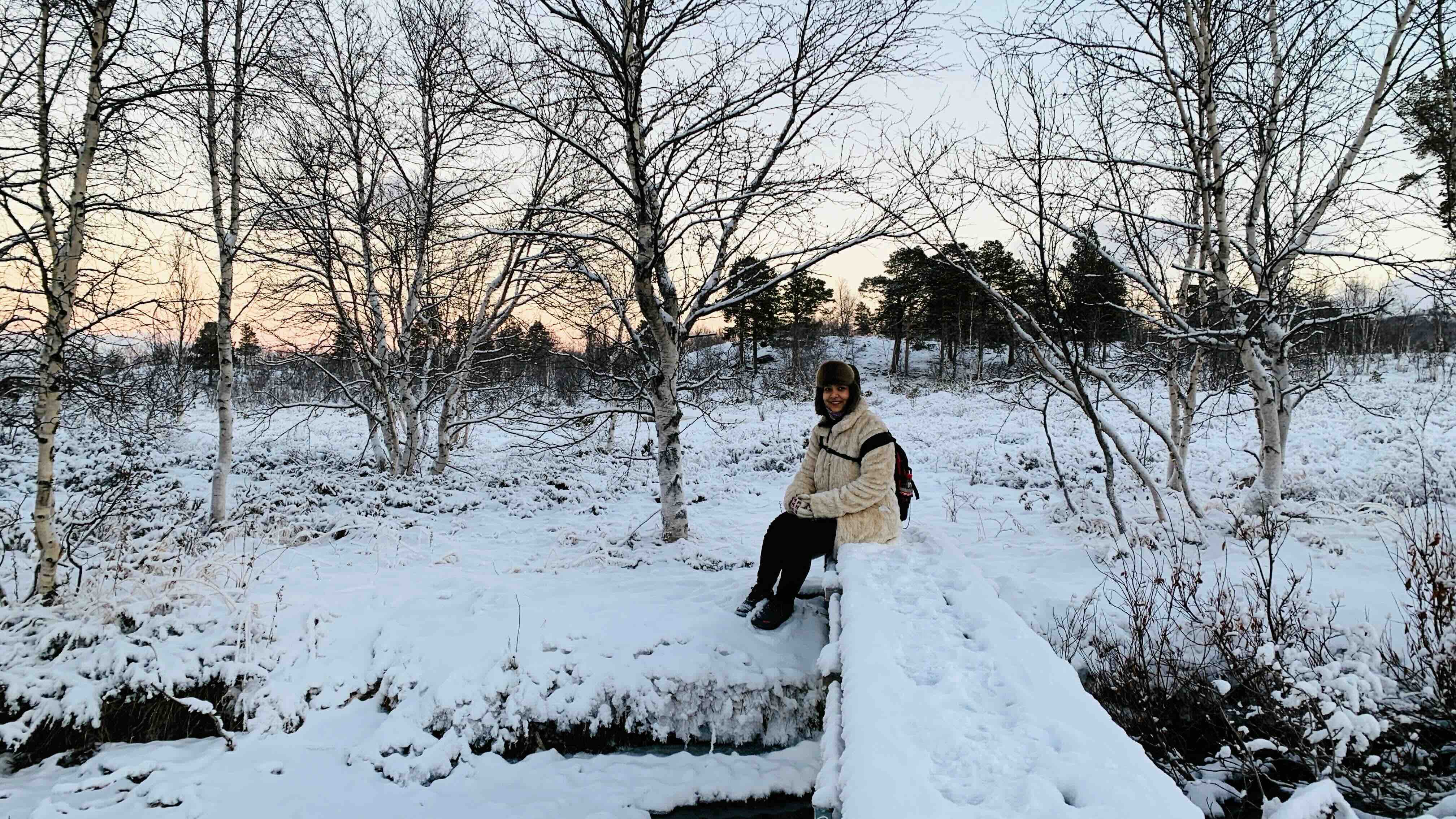
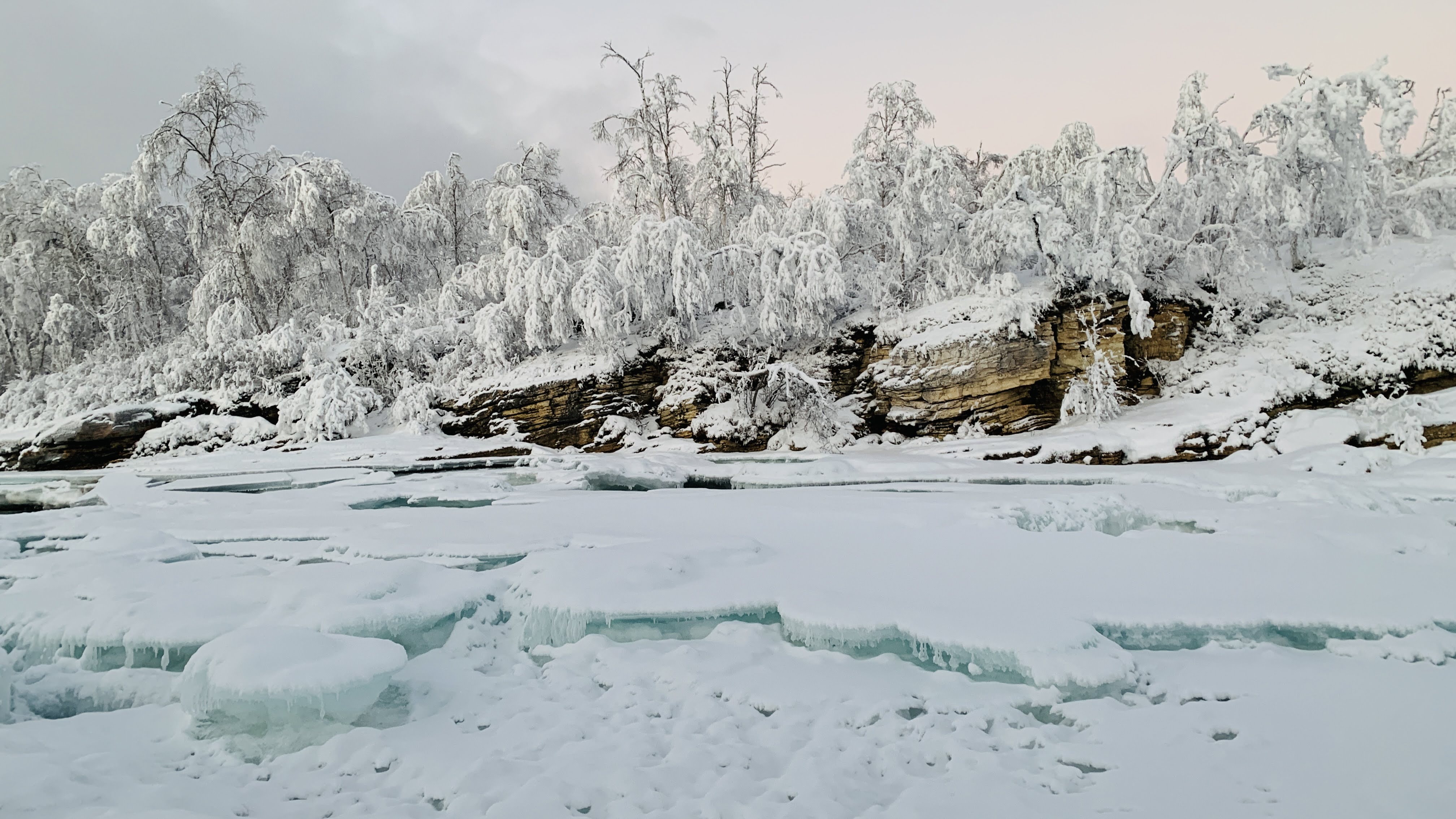
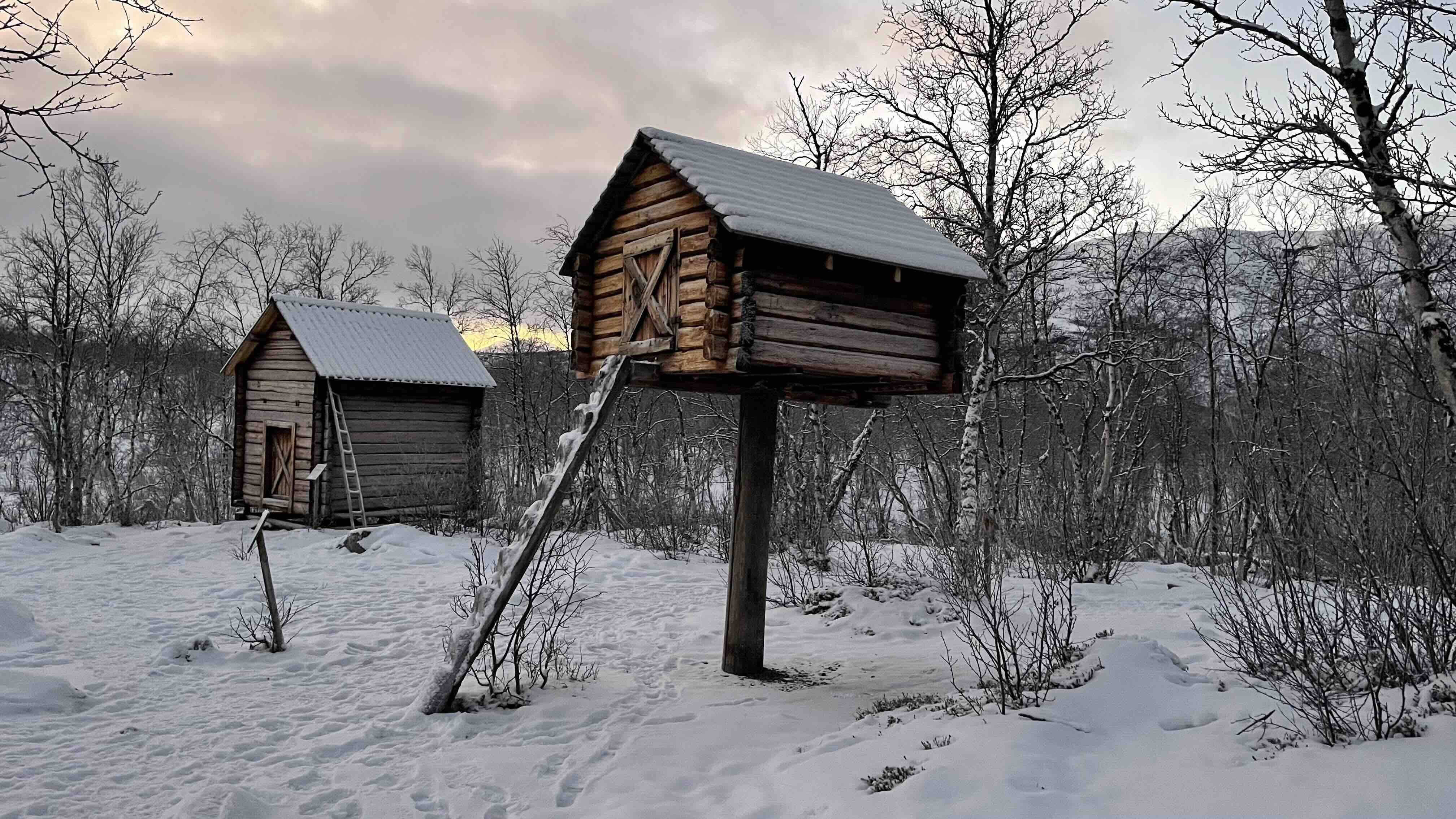
It was my wife who suggested the chase. The hotel organized nightly journeys for those unwilling to leave without seeing the aurora. That night, December 2nd, at nine o’clock, we boarded one of three small buses with travelers from across the world. Our guide was from Argentina, now a man of the north, and we spoke of Maradona and the mad devotion of Bangladesh to football.
The chase was a patient game. We drove from valley to ridge, from frozen road to silent clearing, looking for a patch of sky with fewer clouds. Finally, the guide stopped and stepped out into the freezing night. Coffee and warm lingonberry juice were passed around. We waited. The cold sank into our bones.
Then — a shout.
We looked up. At first, we saw nothing but the night. The guide told us to keep looking, to let our eyes learn. Slowly, faint grains of light gathered overhead, as if someone were sifting silver dust across the heavens. The shapes thickened, spread, twisted. The sky began to move. Green ribbons unfurled, curling and folding like smoke in a wind only the stars could feel. Light danced from one edge of the horizon to the other, fading in one place as it flared in another.
It lasted perhaps twenty minutes, perhaps forever.
We stood there, strangers bound together by awe, each of us quietly aware that we were inside a memory we would never lose. I had seen the aurora later, from the backyard of our home in southern Sweden, but never like this — in the deep of the Arctic night, with the whole sky breathing above us.

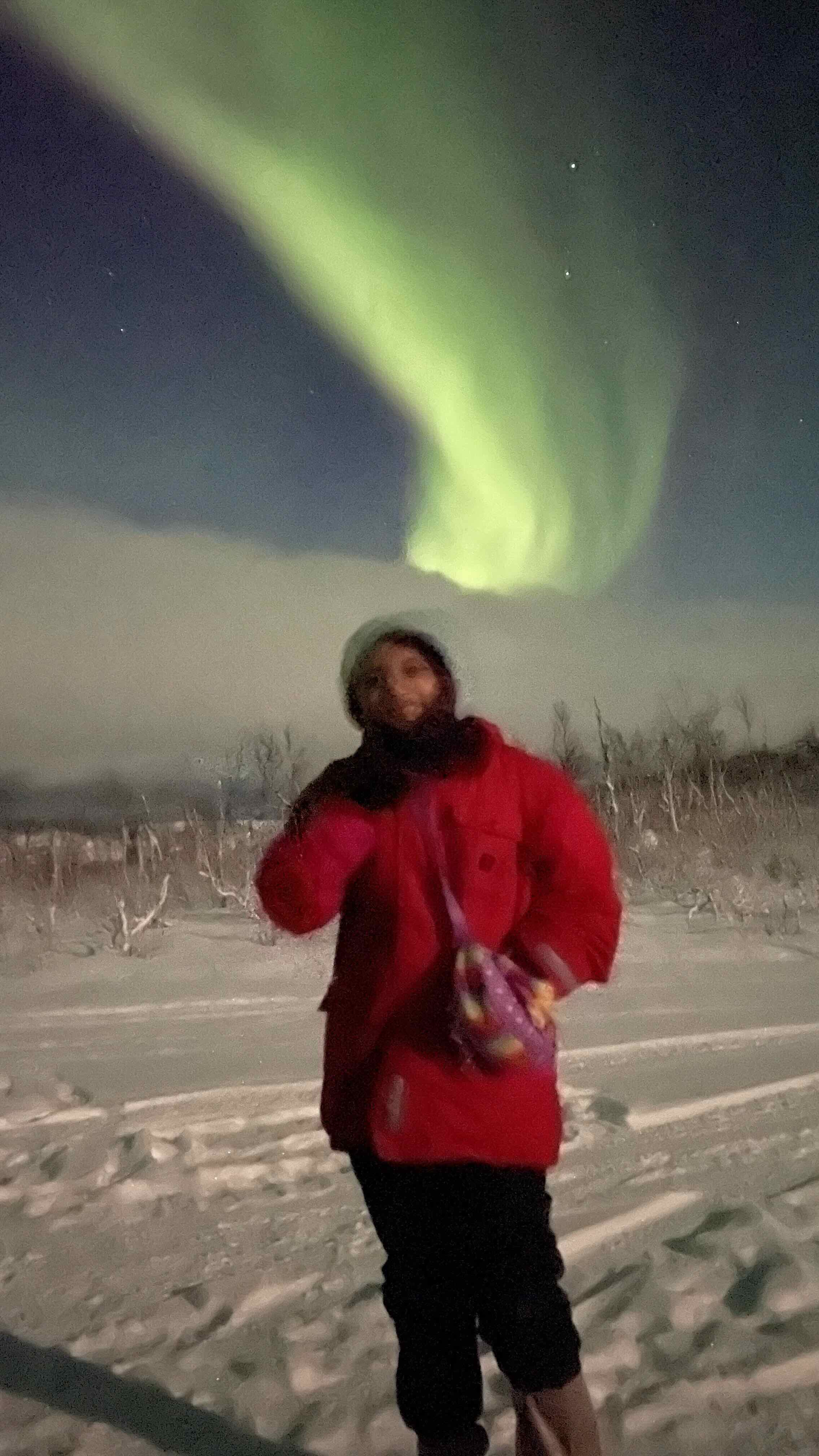
The next morning, we began the long journey south. The light we had chased stayed with us, a flicker behind the eyes, as if some part of the north had followed us home.
